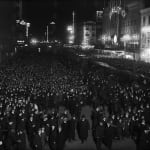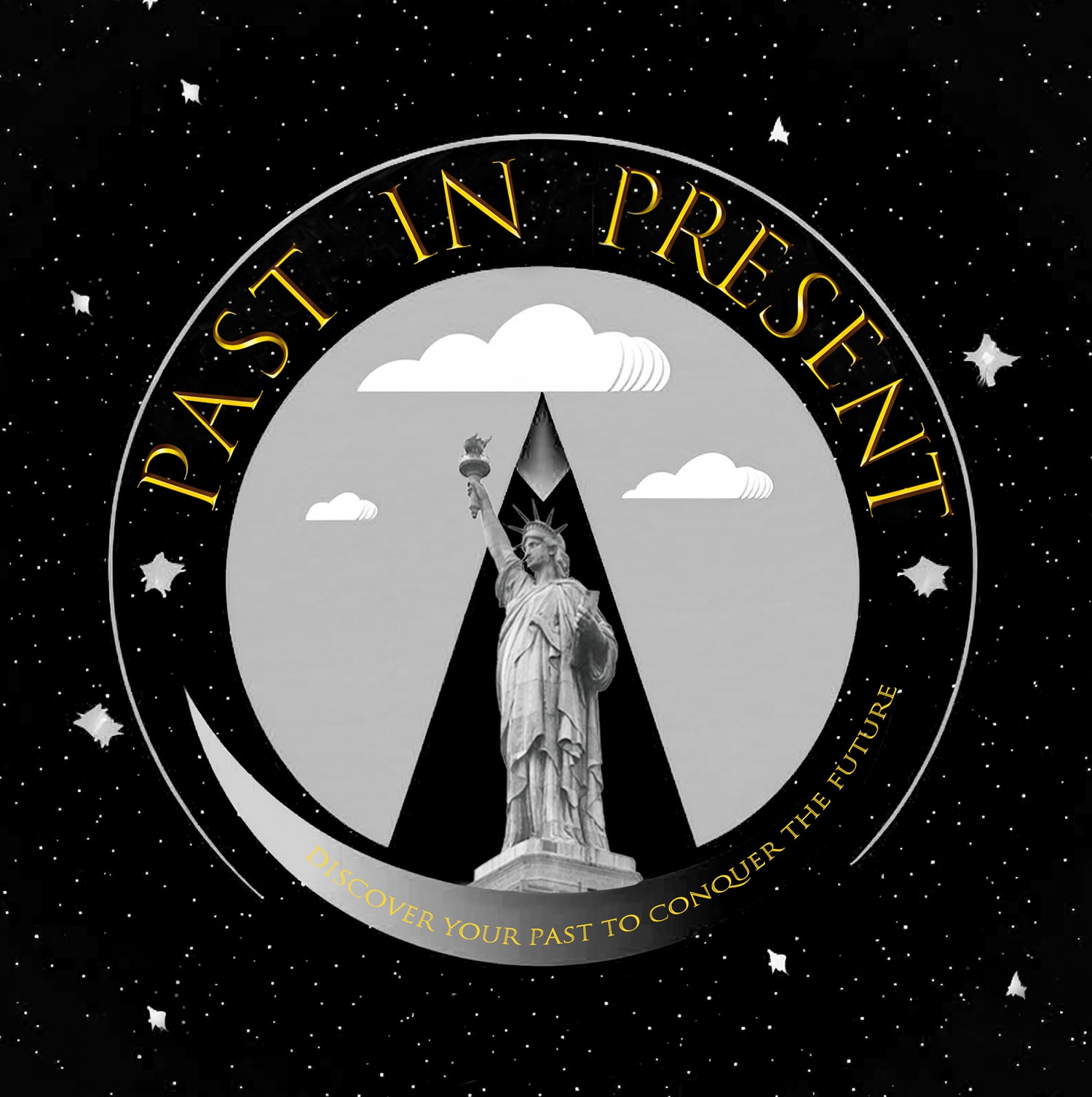 NYC Times Square Woodrow Wilson Election Night, 1912. Watermarks do not appear on the actual artwork.
NYC Times Square Woodrow Wilson Election Night, 1912. Watermarks do not appear on the actual artwork.
 NYC Times Square Woodrow Wilson Election Night, 1912. Watermarks do not appear on the actual artwork.
NYC Times Square Woodrow Wilson Election Night, 1912. Watermarks do not appear on the actual artwork.
 NYC Times Square Woodrow Wilson Election Night, 1912. Watermarks do not appear on the actual artwork.
NYC Times Square Woodrow Wilson Election Night, 1912. Watermarks do not appear on the actual artwork.
 NYC Times Square Woodrow Wilson Election Night, 1912. Watermarks do not appear on the actual artwork.
NYC Times Square Woodrow Wilson Election Night, 1912. Watermarks do not appear on the actual artwork.
 NYC Times Square Woodrow Wilson Election Night, 1912. Watermarks do not appear on the actual artwork.
NYC Times Square Woodrow Wilson Election Night, 1912. Watermarks do not appear on the actual artwork.
 NYC Times Square Woodrow Wilson Election Night, 1912. Watermarks do not appear on the actual artwork.
NYC Times Square Woodrow Wilson Election Night, 1912. Watermarks do not appear on the actual artwork.
 NYC Times Square Woodrow Wilson Election Night, 1912. Watermarks do not appear on the actual artwork.
NYC Times Square Woodrow Wilson Election Night, 1912. Watermarks do not appear on the actual artwork.
 Original vintage glass camera negative (display only, not for sale)
Original vintage glass camera negative (display only, not for sale)
NYC Times Square Woodrow Wilson Election Night, 1912
Further images
-
(View a larger image of thumbnail 1
)

-
(View a larger image of thumbnail 2
)

-
(View a larger image of thumbnail 3
)

-
(View a larger image of thumbnail 4
)

-
(View a larger image of thumbnail 5
)

-
(View a larger image of thumbnail 6
)

-
(View a larger image of thumbnail 7
)

-
(View a larger image of thumbnail 8
)

In the 1912 U.S. presidential election, significant public interest surrounded the event, especially in major urban centers like New York City. This election saw three major candidates: Woodrow Wilson (Democratic Party), Theodore Roosevelt (Progressive Party), and incumbent President William Howard Taft (Republican Party). The intense competition was marked by deep ideological divisions, with Roosevelt’s Bull Moose Party advocating for progressive reforms and Wilson promoting his “New Freedom” platform.
Key Factors and Significance
Three-Way Race: The 1912 election was unique due to the split in the Republican vote between incumbent President William Howard Taft and former President Theodore Roosevelt, which allowed Wilson to win with a significant Electoral College margin but only a plurality of the popular vote.
Progressive Politics: Roosevelt’s campaign represented the peak of the Progressive Movement, emphasizing government intervention in economic and social affairs to curb corporate power and improve workers’ rights.
Impact on Future Policies: Wilson’s victory set the stage for significant domestic reforms, including the establishment of the Federal Reserve System and the Federal Trade Commission.
Election Night in NYC November 5th, 1912
On election night, November 5th, 1912 large crowds gathered in New York City, including Times Square, to await the results. Such gatherings were common in major cities during that era, with public interest fueled by the rise of newspaper bulletins, electric signs, and other new technologies broadcasting results in real-time. The excitement in NYC was palpable as people awaited updates on this unprecedented three-way contest, reflecting the city’s role as a political and media hub.
While there was no major disturbance reported on election night in NYC, the anticipation and atmosphere were intense, driven by the stakes of an election that would redefine U.S. policy and power dynamics.
The Election followed by peaceful transfer of power as it's always been and always should be up until January 6th, 2021 when a violent attack occurred at the U.S. Capitol in Washington, D.C., as a mob of supporters of then-President Donald Trump attempted to disrupt the certification of the 2020 presidential election results. This event marked one of the most significant breaches of the Capitol in U.S. history. The attack was aimed at halting the formal certification of Electoral College votes that declared Joe Biden the winner of the 2020 presidential election. It was a direct assault on the peaceful transfer of power, a cornerstone of American democracy.
The attack shocked the international community and raised questions about the stability of American democracy. It also served as a warning about the fragility of democratic institutions worldwide. No one should ever forget it!




